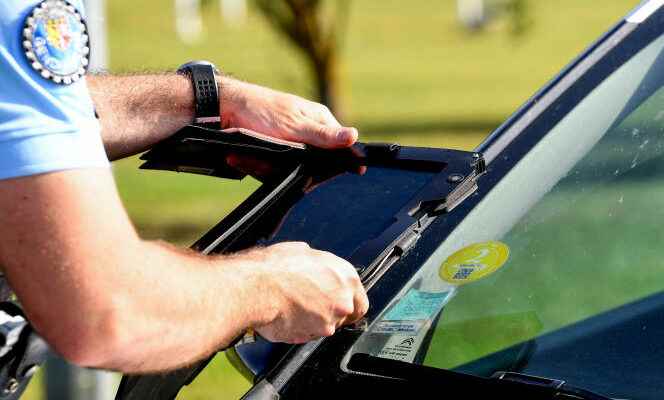Often decentralization is good. It allows local authorities to carry out sensitive public policies at their own pace that radically change the daily lives of French people. This is the case when a metropolis moves into a “low emission zone” (ZFE). This is to limit traffic to the most polluting vehicles, defined by the Crit’Air sticker. It is already mandatory for cities whose air quality does not meet European standards. This will be from 2025 for all cities with more than 150,000 inhabitants. They are forty-three.
But local autonomy also has its limits. Without homogeneity, without immediate constraint, it is not so easy to have an unpopular and yet essential measure accepted: atmospheric pollution causes more than 40,000 premature deaths per year in France.
Today, cities therefore look to the state for support. Two deputies Gérard Leseul (Socialist Party) elected in Seine-Maritime, and Bruno Millienne (MoDem), in Yvelines, launched a “flash” mission this summer to list possible measures to support municipalities. Their report will be made public on Wednesday 12 October. “There is no question of the State taking back control or relaxing the timetable, warns Mr. Millienne. But why not set up a “national ZFE monitoring committee” so that each metropolis can know what is practiced elsewhere and that cities close to each other coordinate. » Many are, according to him, the elected officials who feel “abandoned by the state” with in hands ” a time bomb “in the words of Gérard Leseul.
Examples of dissatisfaction abound. In Toulouse, on the night of Saturday October 8 to Sunday October 9, an arson attack destroyed three City vehicles, under the slogan: “Nike the ZFE”. Of the thirty-seven municipalities of the metropolis, vans, vans and heavy goods vehicles Crit’air 5 vignette (diesel between 1997 and 2000) and unclassified are already prohibited since 1er march. They were joined by the Crit’air 4 (diesel between 2001 and 2005) on 1er september. And from 1er January 2023, 127,500 personal vehicles will be banned from circulation in the Toulouse metropolitan area in the ZFE under penalty of a fine of 60 euros to 135 euros. In 2024, 41% of personal vehicles in Haute-Garonne (i.e. 331,102) will no longer be able to drive there.
Drivers ready to defy the ban
In Nice too, anger is brewing. The new ZFE extends along the coast, on a small plot of the city. “An EPZ? What is this thing again? »asks Marianne, piling her groceries in her trunk. No, she didn’t see the signs. His vehicle is twenty years old and runs on diesel. In theory, from 2024, its “titin” will no longer have citizenship in this corner of Old Nice. “That’s it… I won’t be embarrassed”she says.
You have 73.52% of this article left to read. The following is for subscribers only.
